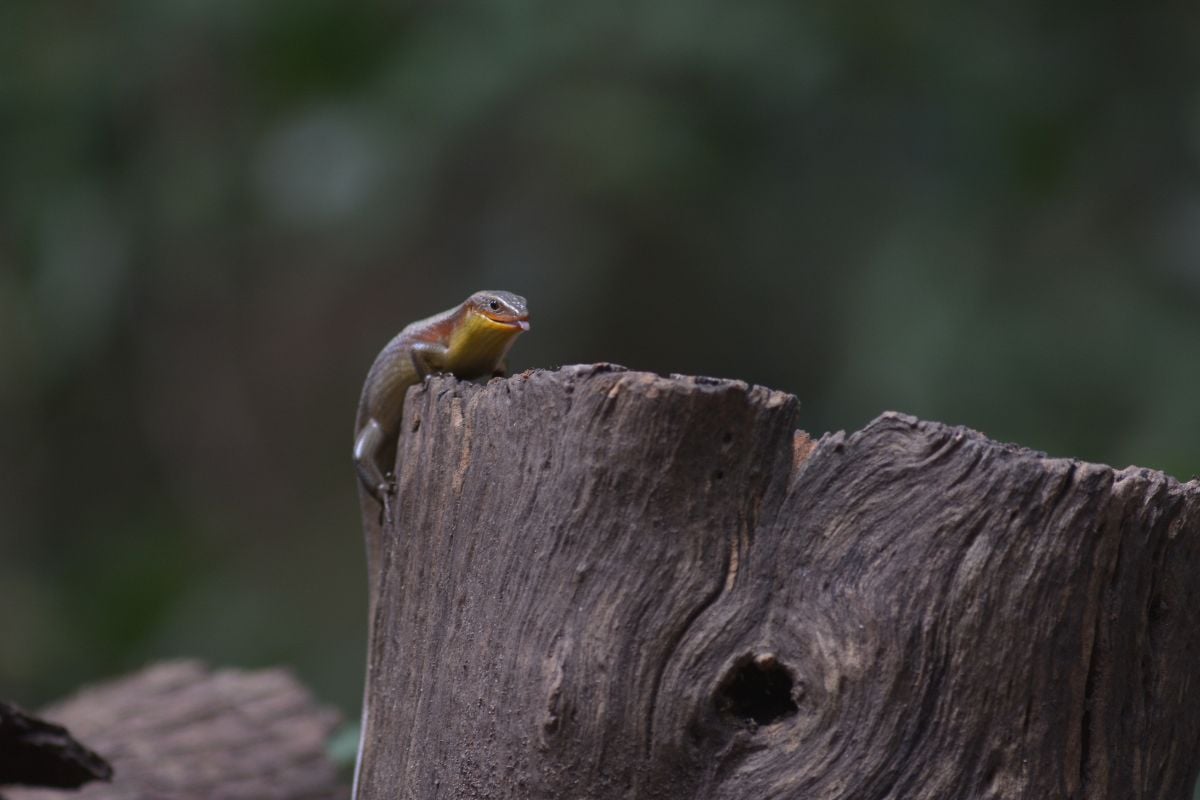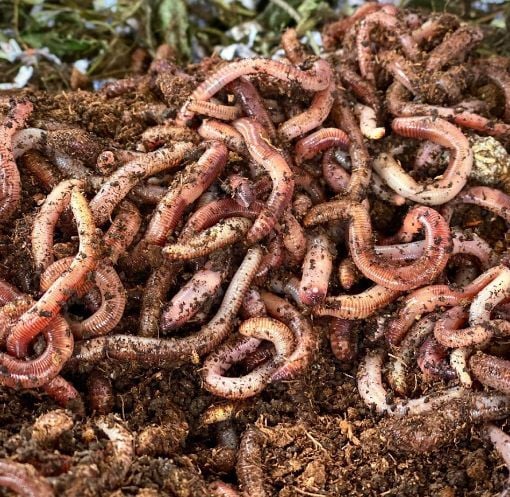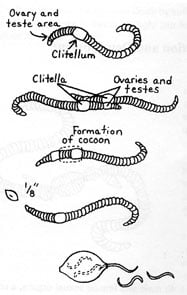
Healthy composting systems are home to some of the most prolific breeders around: the Red Wiggler worms. Knowing a little bit more about how these popular composting worms mate and their ideal mating environment will help you breed a massive worm population and harvest more compost!
Did you know that mature worms can produce two to three cocoons per week under favorable conditions in their worm bins? That’s a lot of baby worms, considering that from each cocoon 2-15 baby worms will hatch! If you want long-lasting sustainability and a large worm population, keeping your red wigglers comfortable and happy is crucial to enticing worms for more reproduction and successful worm farming.
Let’s dive into how worms reproduce and the wonders they can do for your vermicomposting system.
Composting Worm Reproduction Explained: How Do Red Wiggler Worms Reproduce?
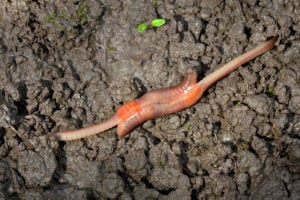 The anatomy of worms is quite interesting. Most people already know that all worm species are hermaphrodites. This means that they have both male and female reproductive organs. However, a single red worm cannot reproduce alone – it must pair with another living worm for successful worm reproduction to occur.
The anatomy of worms is quite interesting. Most people already know that all worm species are hermaphrodites. This means that they have both male and female reproductive organs. However, a single red worm cannot reproduce alone – it must pair with another living worm for successful worm reproduction to occur.
When two red wiggler worms mate, they join and begin secreting mucus to create a mucus ring around them. After a few hours, the worms separate, lay their compost worm eggs, and fertilize the inside of the cocoon.
The worms back out of the cocoon, and it seals itself off, leaving an oval-shaped cocoon that hardens over time to protect the young hatchlings inside. This is known as incubation – the last phase before baby worms are born. After 11 weeks, the hatchlings emerge from the cocoon, and tiny little red worms are born!
Composting Worms’ Reproductive Habits
Red worms can’t reproduce at just any time. Their bodies undergo changes as they grow older, and at around 90 days old, they become old enough to mate.
When a red worm reaches maturity, a bulbous gland appears about 1/3 of the way down its body. You have probably seen this on an earthworm or nightcrawler. This gland plays an important role in the mating process as it produces the mucus needed for cocoon production.
One important thing to note is that the larger the worms are, the more often they mate and the more hatchlings their cocoons will produce. Ensuring your worms enjoy a proper diet and always have a nutritive worm food supply will help them grow healthy and strong.
Pro Red Worm Mating Tips: Things that Can Have an Impact on Worm Reproduction
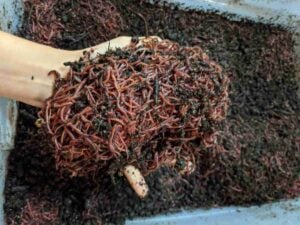 Worm reproduction may not be the most glamorous topic, but it’s a fascinating world filled with unique challenges and surprising factors.
Worm reproduction may not be the most glamorous topic, but it’s a fascinating world filled with unique challenges and surprising factors.
For starters, the temperature can play a crucial role in the success of worm reproduction. These slimy creatures prefer to live in cozy, warm environments, so keeping their habitats within the right temperature range can make all the difference.
But that’s not all – did you know that the type of soil that wiggler worms live in can also impact their reproductive success? Certain types of soil, like sandy or dry soil, can be less conducive to worm mating, while moist, nutrient-rich soil can be like a worm breeding ground.
And if that wasn’t enough, other factors like the presence of other worms, food availability, and even light exposure can also have a surprising impact on these tiny critters’ ability to reproduce. Who knew worm sex could be so complex?
Composting Worms’ Life Expectancy
One of the most enjoyable parts about vermicomposting is the self-sustaining element of it. Since red wiggler worms (as well as other worm species) reproduce so much, you’ll never run out of newborn worms in a healthy environment. It’s not uncommon for someone to buy a few handfuls of worms and never has to buy red wigglers again for composting purposes!
There are conflicting opinions over the life cycle and expectancy of red worms, but you can expect to get at least 5 years of use out of a worm before they no longer reproduce. Earthworms are known to live 10-15 years before they die, which is why we always suggest helping a worm find its way back into moist soil when you see one stranded on a walkway, road, driveway, or another dangerous environment!
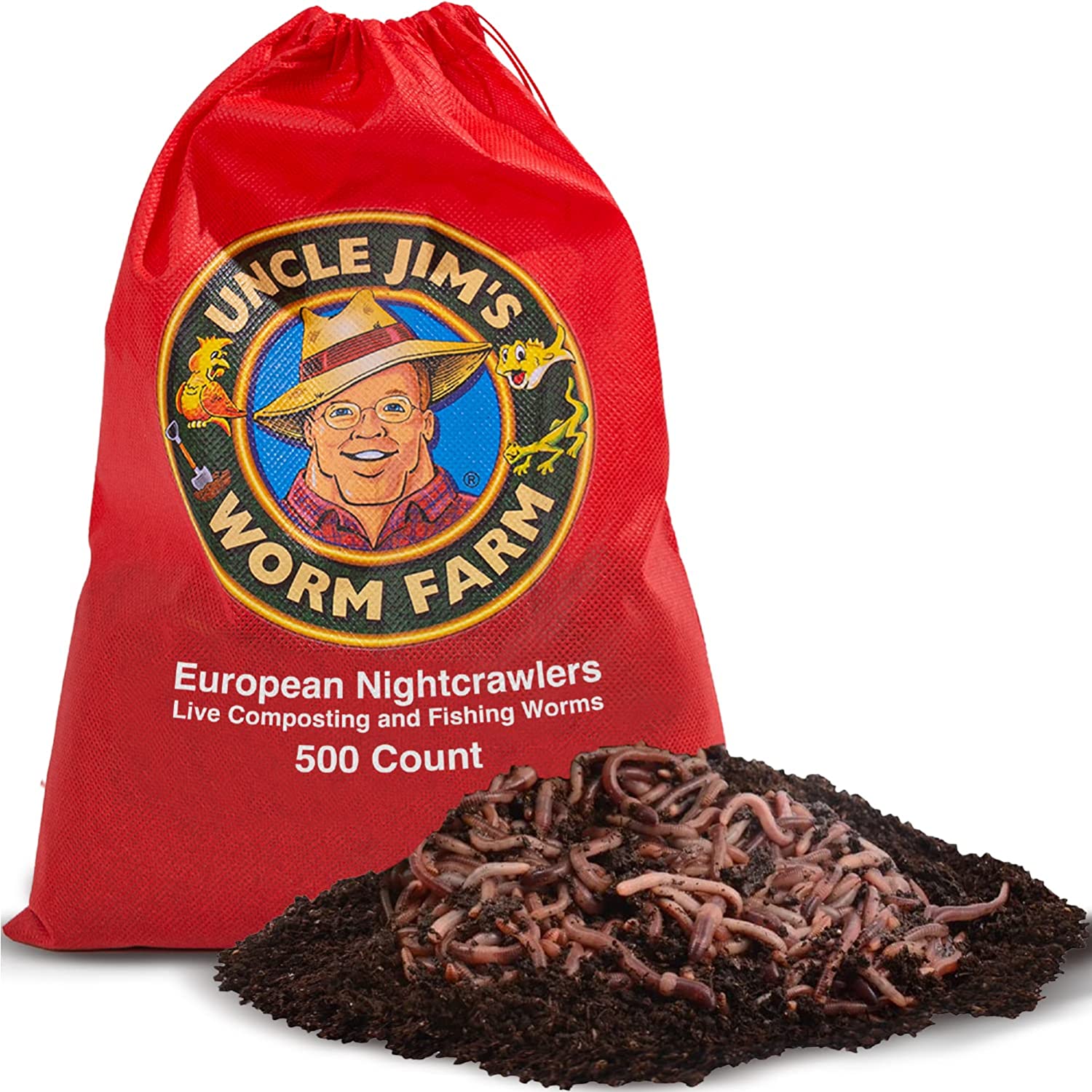
Become an Active Worm Breeder: Get Your Own Population of Worms Growing
Without going into too much detail, we hope that this article was informative and that it will help you harvest more valuable compost from more worms! Just remember – the healthier your worms, the more they’ll reproduce. And the more worms you have, the more worm castings you’ll harvest! It’s safe to say it’s a win-win.
If you’re looking to start your own worm farm or simply want to improve your current composting setup, we’ve got you and your critters covered. Uncle Jim’s Worm Farm is a global vermicomposting company specializing in red wigglers and worm composting supplies. Our live composting worms and a wide range of other products – from indoor to outdoor compost bins to organic fertilizer are guaranteed to help you achieve successful worm reproduction, help you create the perfect environment for them to thrive, and get nutrient-rich compost for your garden.
So don’t wait – order your red wiggler worm kits and other worm products today to start reaping the benefits of these fascinating little creatures!
FAQ
Are Worms Asexual?
While some worm species are indeed asexual, others can reproduce sexually – it all depends on the type of worm we’re talking about. For example, earthworms and red wiggler worms are hermaphrodites, meaning they have both male and female reproductive organs and can reproduce sexually.
On the other hand, some types of flatworms can reproduce asexually by simply splitting themselves in two (yikes!). One thing’s for sure – worms are definitely more interesting than we give them credit for.
How Do Worms Reproduce Asexually?
When it comes to asexual reproduction, some species of worms can simply split themselves in two and regenerate the missing parts to create a whole new worm. Others can reproduce by budding, where a small worm grows out of the side of a larger worm and eventually breaks off to become its own independent worm.
Do Worms Lay Eggs or Give Birth to Baby Worms?
As for laying eggs or giving birth, it really depends on the type of worm. Some species, such as red worms, lay eggs, while others give birth to live baby worms.
How Do Worms Get Pregnant?
Sorry to disappoint, but worms don’t really get pregnant in the traditional sense – they either fertilize themselves or exchange sperm with another worm’s sperm receptacle to reproduce.
How Do Worms Mate and Have Babies?
When it comes to mating, worms typically press their bodies together and exchange sperm. The fertilized eggs are then either laid or held inside the worm until they hatch into tiny baby worms.
How Does a Worm Give Birth?
When it comes to giving birth, some worm species, like red wigglers, simply lay eggs, while others give birth to live baby worms.
Can a Worm Get Itself Pregnant?
The answer to the age-old question of can a worm reproduce with itself is no. While some species can fertilize themselves, they can’t reproduce with themselves.
Do Worms Mate with Each Other?
Yes, worms do indeed mate with each other by exchanging sperm.
Do Worms Need a Male to Reproduce?
Most worms do need a “partner in crime” to reproduce, but they don’t necessarily need a male worm to mate – some, like the red wiggler worms, are hermaphrodites and have both male and female sexual organs.
Do Both Worms Get Pregnant?
No, both worms cannot get pregnant as only one worm carries and incubates the fertilized eggs or offspring at a time. However, some species of worms, such as composting worms, are hermaphrodites, meaning they can exchange sperm with another worm to fertilize their own eggs.
How are Baby Worms Born?
When it comes to baby worms, they’re typically born either by hatching from eggs or being born live from their parent.
How Many Worms are Born at Once?
This can vary widely depending on the species – some worms can give birth to just a few offspring at a time, while others can have hundreds or even thousands in a single brood. Red wigglers can have anywhere from 2-15 worms from a single cocoon.





